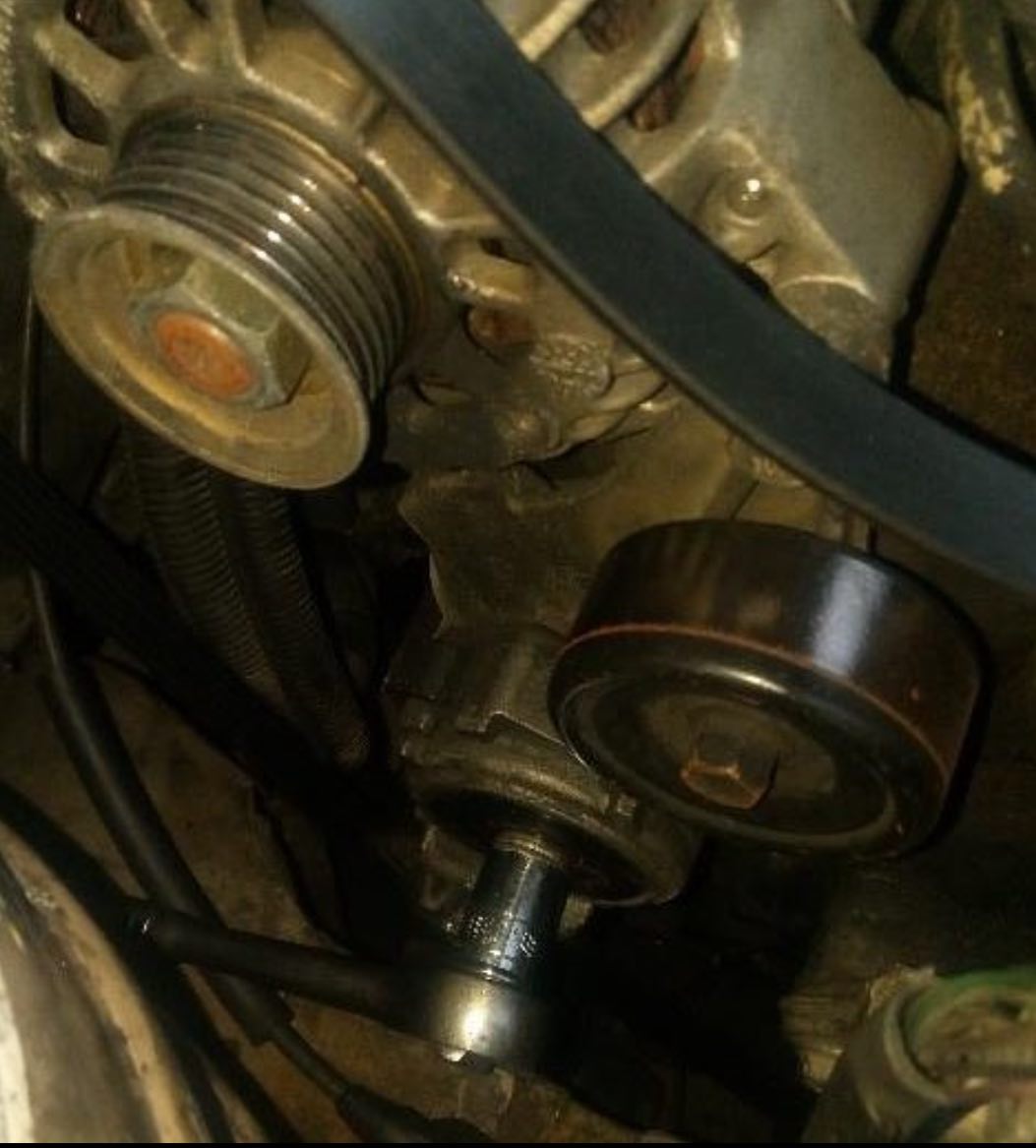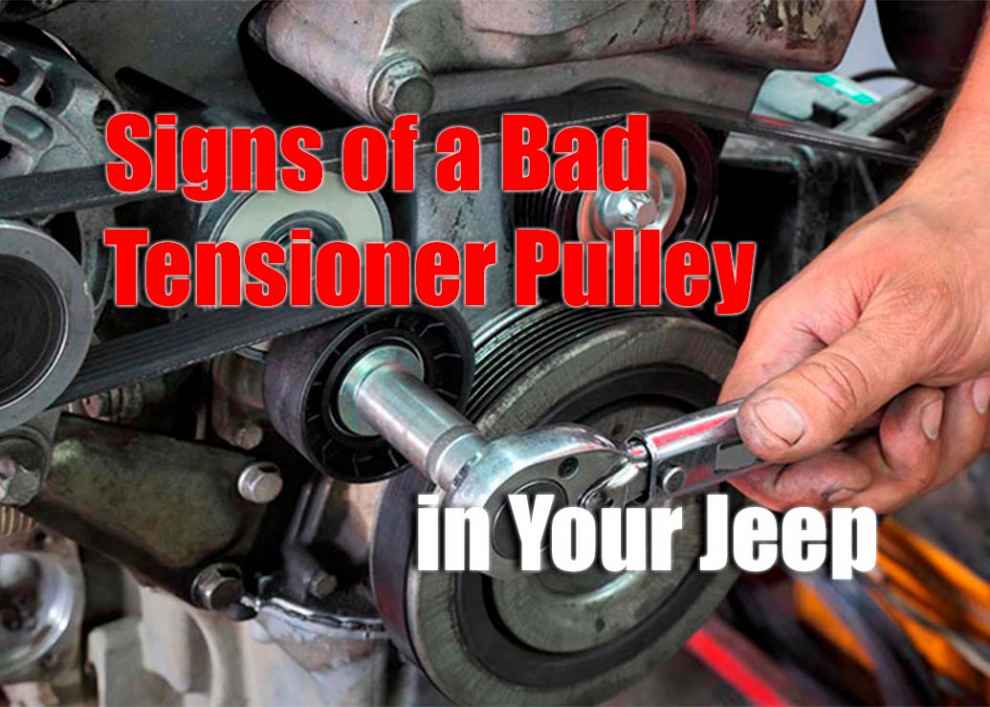Is your Jeep making strange noises under the hood? Are you experiencing belt slippage or excessive wear? It might be time to check your tensioner pulley. The importance of tensioner pulleys should not be underestimated, as they are essential for maintaining the correct tension of the belt and optimal performance of the engine. If signs of a faulty tensioner pulley are ignored, it could cause serious engine complications in the future. By being aware of these signs, you can address the issue promptly and prevent further damage to your vehicle’s engine.
What Is a Tensioner Pulley?
The tensioner pulley is a vital part of any car’s engine accessory belt system. It ensures the serpentine belt is under the correct amount of tension, allowing it to transfer power from the engine to other components like the alternator, air conditioning compressor and power steering pump. Without this component, the car would not function properly. This pulley is uniquely designed to automatically adjust the belt tension, ensuring it stays at the optimal level as the belt stretches and wears over time.
This adjustment is crucial because a belt that’s too tight can cause excessive wear on the engine’s bearings and accessories, while a belt that’s too loose can lead to slippage or malfunction of the engine components it powers. The tensioner pulley is often a small wheel, located on a spring-loaded arm, and is essential for maintaining the smooth and efficient operation of your vehicle’s engine.
Common Signs of a Bad Tensioner Pulley in Jeep

- Unusual noises coming from the engine compartment.
- Excessive wear or fraying on the serpentine belt.
- Unstable belt tension, causing belt slippage or jerking when accelerating or decelerating.
- Visible signs of corrosion, oil leaks, and other damage to the tensioner pulley itself.
- A burning smell coming from under the hood.
Any of these signs should prompt you to have your vehicle’s tensioner pulley inspected by a professional for further diagnosis and repair.
What Causes a Bad Tensioner Pulley?
A tensioner pulley can deteriorate due to a multitude of factors, each contributing to its reduced efficacy and potential failure. One of the primary culprits is the natural aging process, where the constant exposure to heat and friction over time weakens the pulley’s integrity. Additionally, environmental elements like dust, dirt, and moisture can infiltrate the pulley system, leading to corrosion and rust, further compromising its functionality. Regular wear and tear is another significant factor; as the pulley rotates thousands of times throughout its lifespan, the bearings inside can become worn out, causing the pulley to wobble or seize. Misalignment is also a critical issue, often resulting from improper installation or impacts from road debris, which can lead to uneven wear and eventual failure.
Diagnosis and Replacement
When it comes to pinpointing and substituting a defective tensioner pulley, the process demands both keen observation and a methodical approach. Initially, the diagnosis phase involves a thorough inspection for telltale signs like unusual rattling or squealing noises, which often indicate a pulley in distress. Additionally, physical examination for signs of wear or damage on the pulley itself is crucial. Once a faulty pulley is confirmed, the replacement process begins. This involves cautiously removing the serpentine belt and then detaching the old pulley. Installing the new pulley requires precision and attention to detail, ensuring it’s properly aligned and tensioned. This task, while intricate, is crucial for maintaining the health of your vehicle’s engine, as a well-functioning tensioner pulley is vital for keeping the serpentine belt in optimal condition. For further insight into this process, particularly for Jeep owners, troubleshooting a Bad Idler Pulley on a Jeep is an excellent resource to also read.
Conclusion
A tensioner pulley is an essential part of your vehicle’s engine, providing consistent tension to the serpentine belt. This ensures that engine accessories like the air conditioner compressor and power steering pump are running efficiently, without any disruption to their performance. However, due to constant exposure to heat and wear and tear, a bad tensioner pulley can occur over time. It’s essential to be aware of the common signs of a defective tensioner pulley in your Jeep so you can diagnose and replace it promptly. Maintaining your vehicle in optimal condition is essential for ensuring that it delivers a safe and dependable performance whenever you are on the road.

Add Comment